Last week I had landscape photography presentation in Kameraseura – International Evening meeting. This blog post is based on that presentation.
The art of landscape photography
Good light is essential in the landscape photography: if the light is poor, there are no possibilities to capture excellent landscape photos. Because landscape photographers use only available light (at least typically), the only way to guarantee good light is to be in the right time in the right place.
So planning is essential part of the landscape photography. You can be extremely lucky, but in the most cases, the best pictures demand planning and persistence. Planning requires that you think what is good weather for particular location and subject. You must also study the location in advance, e.g. find out the directions of sunrise and sunset at different times of year.
Take also ”risks” with the weather. Sunny without any clouds is often boring, variable weather and broken skies are much more interesting. There are many examples when the ”bad” weather can lead to good landscape photographs: strong wind by sea, rain, heavy snowfall, or fog. On variable weather, you do not manage to capture good photos every time (sometime you do not get photos at all), but occasionally you can capture excellent photos. On sunny cloudless day you almost never capture excellent photos…
Properties of the light
The good light and the understanding of the light are necessary elements of successful landscape photograph. You must understand the light and its effect while taking photos. Here is short summary of some issues and their effects:
Direction of the light:
- Back light – dramatic (but difficult, i.e. often flare and camera’s dynamic range is exceeded)
- Side light – highlights shapes
- Front light – strong and vibrant colours, suits e.g. to autumn colours
Quality of the light
- Direct sunlight – harsh shadows (harsh shadows only in summer, in the winter the snow reflects!)
- Cloudy – diffused light and soft shadows
Colour of the light
- Warm colours come closer
- Cold colours recede
Quantity of the light
- Do not let the camera decide, you must decide! See following example.
Composition
Following list contains some of the choices and compositional elements that should be taken into account when composing the photograph.

Choises and elements of composition
When composing the image, think about foreground, middle and background. Is there something interesting in each level? Is there something in the foreground that leads viewer to the image? Are they balanced (they do not need be always)?
Edges and transitions are interesting and strong elements. They could be e.g. edge of light / shadow, sea / land, water / ice,…
The last, but not the least, advice is to simplify! If you image is too busy, filled with too may distracting elements, the main message will get lost. Think what to include and what to leave out.
Camera’s limitations and capabilities
You must also understand the limitations and capabilities of the camera. Maybe the most important limitation is the limited dynamic range. The camera can not capture so large contrasts as human eye can see in the landscape. You must either accept this fact and decide already at the capture time whether you want to burn highlights or leave shadows completely black. Or then you must be expand the dynamic range with some technique (e.g. use graduated neutral density filter, or capture several exposures with different exposures, and combine the photos later with HRD sw or manually in the Photoshop).
You should also think whether you can take ”better” pictures than what you can see with your own eyes. There are also several ways to achieve that:
- Use tele lens and pick details. Leave all distracting elements out.
- Use time creatively (so short or long exposure that eye can not see that kind of view).
- Use depth of field creatively (e.g. isolate the target).
- Use extreme macro, show details that viewer would not otherwise see.
Selection of the subject
While traveling to exotic destinations, the time is always problem. As tourists you have typically few hours, or at most couple of days, to wait for perfect light in some specific location. Thus you can never capture so good photos (at least many) as the local photographer that lives there. He can visit the scenic locations many times during several years, always when the conditions are good, and finally pick the best photo out of those. As a tourist you can not afford to wait several years for the that perfect light…
So if you want to capture stunning landscapes, you must utilize your local knowledge and better flexibility to get spectacular photos near home. Think and study when (time of the day / year and what weather) some local landscape is at its best. You can access that location when the conditions are ”perfect”, or there is possibility that conditions will become ”perfect” during next hours.
You should also choose your subject based on the available light. And if you think that the light is not good, think again! Almost any light is good for something:
- Rain -> waterfalls, rapids, rainforest, intimate landscapes (e.g. moss)
- Cloudy -> plants + same as rain
- Broken skies -> landscape photography generally
- Stormy weather -> seascapes
In my opinion, the winter is the best landscape photography time in Helsinki. Especially the time when the sea freezes is very photogenic 🙂
What inspires you?
Final words
My last advice is to try something new! E.g. viewpoint, framing or new subject. Sometimes you will succeed, sometimes not. But in most cases you will learn something.



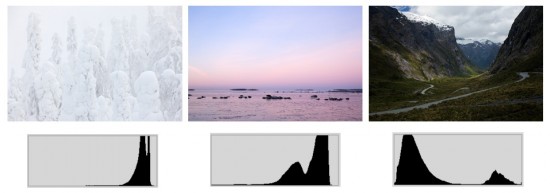

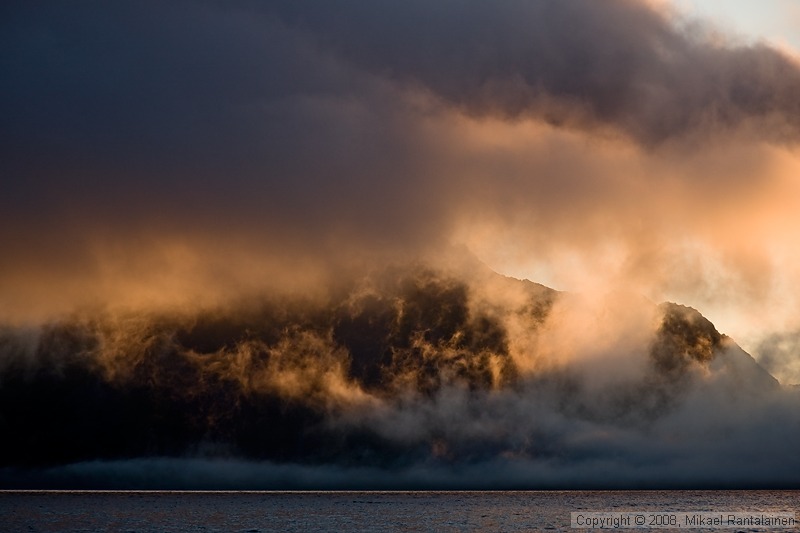

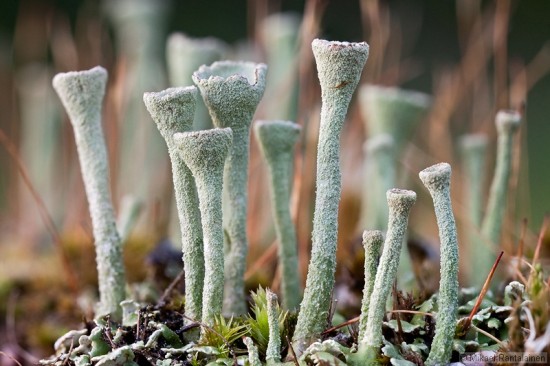
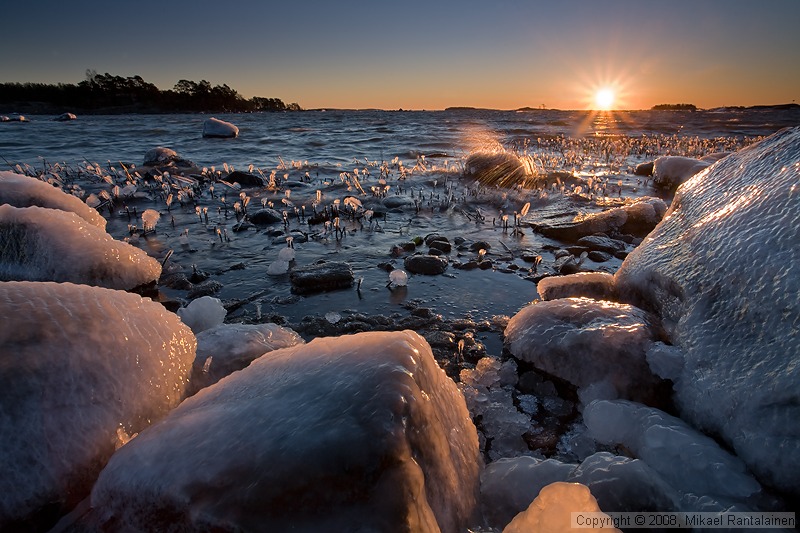

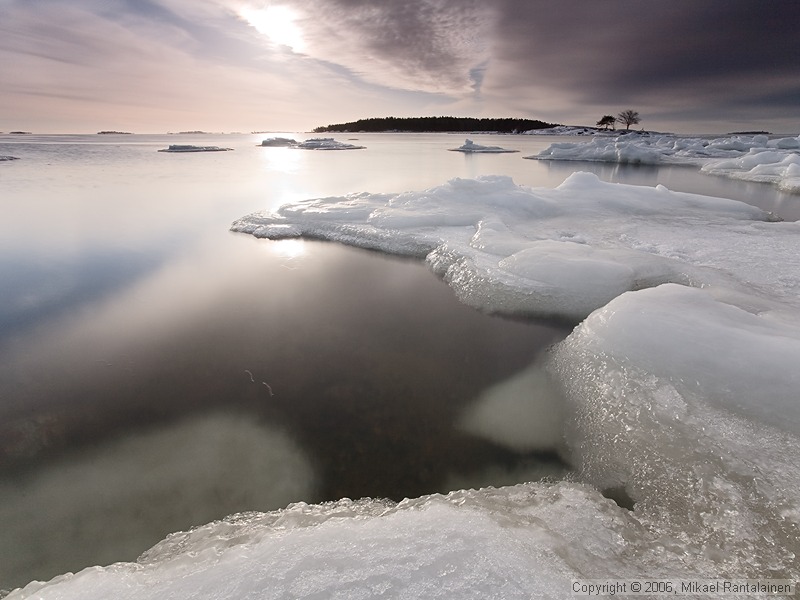
One Comment
Thanks Mikael for this excellent summary of your presentation!
One Trackback
[…] to use light, different weather conditions,…). Here you can read my earlier blog post about the art of landscape photography. I had also asked course participants to bring two photos with them: one successful landscape […]